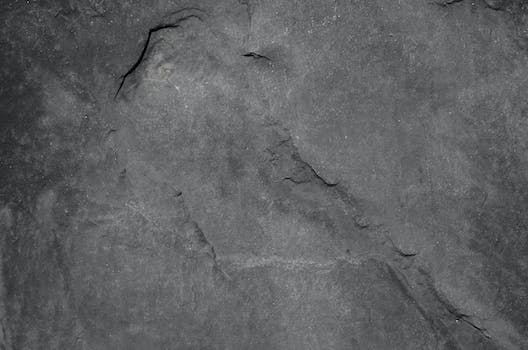-
Table of Contents
- The Physics of a Stone Dropped from a Height h
- Gravity and Its Role in Free Fall
- The Equation of Motion
- Understanding Free Fall
- Calculating the Time of Fall
- Real-World Applications
- Case Study: Parachute Jumping
- Conclusion
- Q&A
- Q: What is the acceleration due to gravity on Earth?
- Q: How can the velocity of a falling stone be calculated?
- Q: What is free fall?
- Q: How is the time of fall calculated for a stone dropped from a height h?
- Q: What are some real-world applications of the physics of free fall?

When a stone is dropped from a height h, it undergoes a fascinating journey influenced by the laws of physics. In this article, we will delve into the science behind this simple yet intriguing phenomenon, exploring the concepts of gravity, acceleration, and velocity. By the end of this article, you will have a deeper understanding of the dynamics at play when a stone is dropped from a height h.
Gravity and Its Role in Free Fall
Gravity is the force that pulls objects towards the center of the Earth. When a stone is dropped from a height h, it experiences a downward force due to gravity. This force causes the stone to accelerate as it falls towards the ground. The acceleration due to gravity is approximately 9.81 m/s² on Earth, meaning that the stone’s velocity increases by 9.81 meters per second every second.
The Equation of Motion
To calculate the velocity of the stone at any given time t during its fall, we can use the equation of motion:
v = u + gt
- v is the final velocity of the stone
- u is the initial velocity of the stone (which is 0 when the stone is dropped)
- g is the acceleration due to gravity
- t is the time elapsed since the stone was dropped
Understanding Free Fall
Free fall is the motion of an object under the sole influence of gravity. When a stone is dropped from a height h, it is in a state of free fall until it reaches the ground. During free fall, the stone’s velocity increases while its acceleration remains constant. This results in a linear increase in velocity over time.
Calculating the Time of Fall
The time it takes for a stone to fall from a height h can be calculated using the equation:
t = √(2h/g)
- t is the time of fall
- h is the initial height of the stone
- g is the acceleration due to gravity
Real-World Applications
The principles of a stone dropped from a height h have practical applications in various fields, including physics, engineering, and sports. Understanding the dynamics of free fall can help engineers design safer structures, physicists conduct experiments, and athletes improve their performance.
Case Study: Parachute Jumping
Parachute jumping is a popular recreational activity that involves free falling from an aircraft before deploying a parachute to slow down and land safely. The physics of free fall play a crucial role in determining the jumper’s speed, acceleration, and landing trajectory. By applying the principles of free fall, parachute jumpers can ensure a smooth and controlled descent.
Conclusion
When a stone is dropped from a height h, it embarks on a journey dictated by the laws of physics. Gravity exerts a downward force on the stone, causing it to accelerate towards the ground. By understanding the concepts of free fall, velocity, and acceleration, we can unravel the mysteries of this seemingly simple yet profound phenomenon. The next time you witness a stone falling from a height h, remember the intricate interplay of forces that govern its descent.
Q&A
Q: What is the acceleration due to gravity on Earth?
A: The acceleration due to gravity on Earth is approximately 9.81 m/s².
Q: How can the velocity of a falling stone be calculated?
A: The velocity of a falling stone can be calculated using the equation v = u + gt, where v is the final velocity, u is the initial velocity (0 for a dropped stone), g is the acceleration due to gravity, and t is the time elapsed.
Q: What is free fall?
A: Free fall is the motion of an object under the sole influence of gravity, where the object accelerates towards the ground at a constant rate.
Q: How is the time of fall calculated for a stone dropped from a height h?
A: The time of fall can be calculated using the equation t = √(2h/g), where t is the time of fall, h is the initial height of the stone, and g is the acceleration due to gravity.
Q: What are some real-world applications of the physics of free fall?
A: The physics of free fall has applications in fields such as engineering, physics, and sports, where an understanding of gravity, velocity, and acceleration is essential for various activities and designs.






